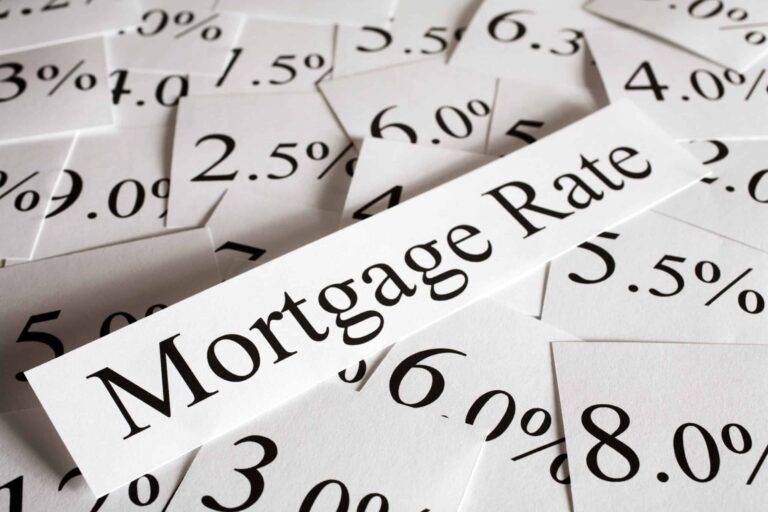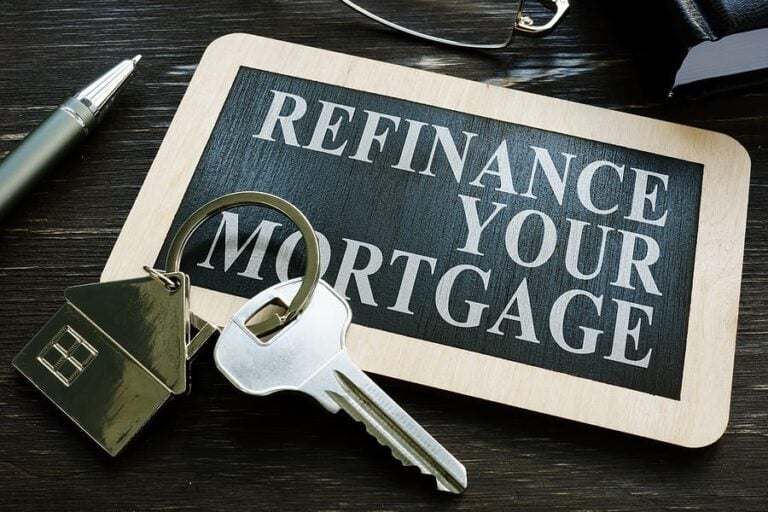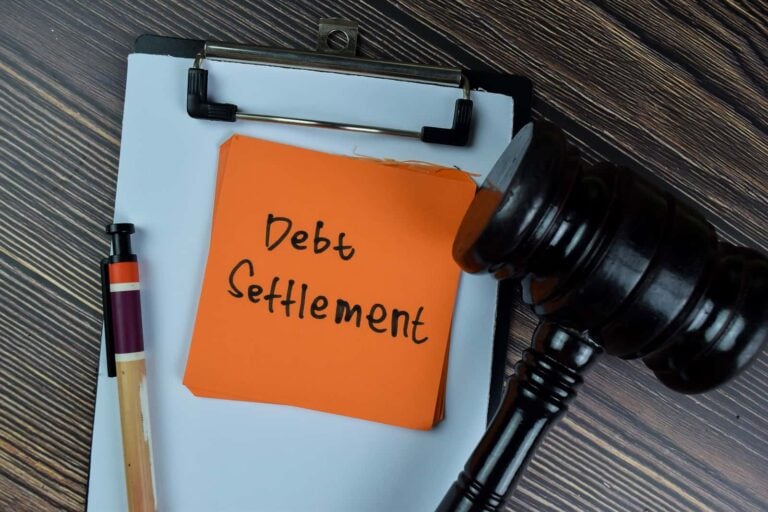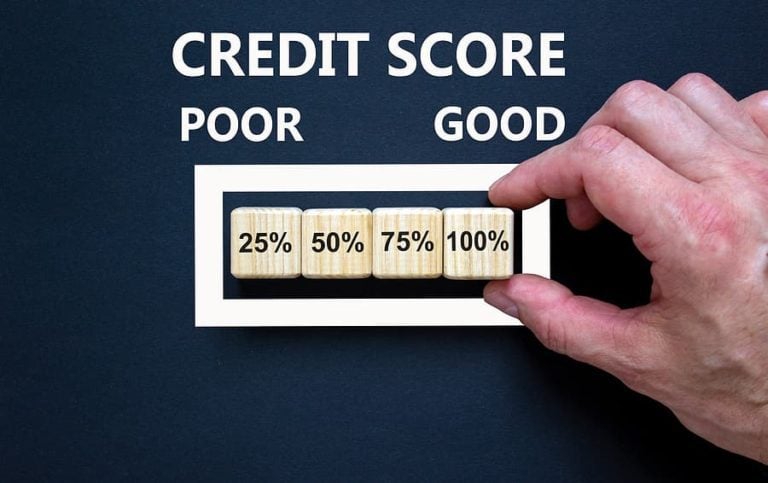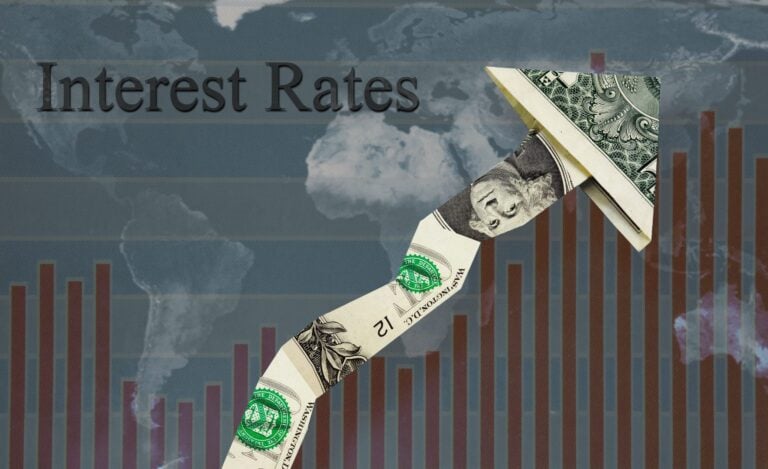Are you struggling with overwhelming amounts of debt? Never make the mistake of thinking you’re alone. As it turns out, even the American government is susceptible to overborrowing and taking out way too much debt.
The good news is that you’re never out of options. There are ways you can learn to manage your debt and get back on the right track. One very common and successful debt management strategy is called debt stacking. By using this method, millions of Americans have broken free from the debt cycle and found freedom. Find out more about this strategy and whether or not it might work for you below.
Understanding the Stack Method
So, what is debt stacking? The stack method is a debt management strategy that helps consumers focus on the most expensive debts first. In general, the most expensive debt will be the debt that has the highest interest rate. You can’t rely on the interest rate alone, though. You will also need to consider the balance of each loan. Why? Here’s an example of how a higher interest rate doesn’t always equal a more expensive debt:
- Debt #1 balance is $5,000 with an interest rate of 6% a year. Interest paid in one year = $300
- Debt #2 balance is $50,000 with an interest rate of 2% a year. Interest paid in one year = $1,000
The goal of this strategy is to reduce your debt while also helping you save as much money as possible. By paying off your most expensive debts first, you will ultimately pay more towards your principal and less towards interest. In the long run, this strategy could save you hundreds or even thousands of dollars!
Benefits of the Stack Method
Managing debt is a tricky process, and it’s certainly a balancing act when you have multiple debts and still need to cope with your day-to-day expenses as well. What’s more, the current economic turmoil likely isn’t doing you any favors. The stack method provides a whole host of benefits, the least of which involves meeting your debt management goals if you’re successful. Here are a few other perks of using the stack method:
- Saves you money
- Paying off your debts becomes easier and faster over time
- Eliminates your most sizable obstacle first
- Makes you really look at your debts in-depth (interest rates, minimum due, long-term impact)
One of the key benefits of this strategy is that it makes you really analyze your debts. Doing so will help you build a solid foundation of knowledge regarding debt and how it really impacts your budget. In the best cases, this process helps empower you to make better decisions when it comes to debt in the future.
Potential Setbacks of the Stack Method
Like all things, there are drawbacks to using the debt stacking strategy. Here are just a few things to consider:
- You won’t see results immediately
- You need a high level of discipline
- You’ll need excess cash to implement this strategy
One of the most significant things you need to consider is whether or not you have the true discipline you’ll need to actually accomplish this method. If you often struggle to remain consistent when it comes to your money, then this type of strategy probably isn’t for you. In the beginning, you’ll need to work very hard, and it won’t seem like your efforts are paying off until you’ve been persistent over time.
You’ll also need to be pretty secure financially to start this type of management strategy. If you don’t have enough income to cover your regular expenses, minimum payments on all your other debts, AND extra money to shell into your bigger debts, then this method may not be right for you.
Setting Up the Stack Method
Does the stack method sound like something you can do? Let’s break down how to set up this strategy step-by-step:
- 1. Identify your debts and their interest rates
- 2. List them based on how expensive they are
- 3. Calculate how much you need to allot to each debt
- 4. Set aside monthly payments
- 5. Put all extra money towards your most expensive debt
- 6. Remain consistent and repeat until your debts disappear!
Implementing the Stack Method
To implement the stack method successfully, you need disposable income. The more disposable income you have, the sooner you can meet your goals. With that in mind, you may be considering how you can increase your income. Here are a few strategies that can help you make more payments:
- Get a side hustle
- Start freelancing
- Host a yard sale
- Start profiting off of your social media posts
- Be mindful about your money and spending
- Minimize your other expenses
Depending on your current financial situation, implementing the stack method may be out of reach. If that’s the case, then consider researching other debt strategies that may be a better fit.
Maintaining the Stack Method
Maintaining the stack method is also a big challenge. You’ll have to remain disciplined and committed for the long haul. If you’re using a side hustle strategy, then be sure that it’s something you can keep up with. You don’t want to burn yourself out or set yourself up for disappointment by having goals that are unrealistic.
Is the Stack Method Not a Good Fit for You?
The debt stacking method can be a lifesaver, but it isn’t a one-size-fits-all solution. Debt stacking may not work for you if you can’t afford to pay anything more than your minimum due or you struggle to stop creating new debt. If you’ve tried debt stacking in the past and it didn’t work out, then don’t feel like you’re out of options.
There are other ways that you can manage your debt and still come out ahead. Keep looking through our free resources to learn about different types of debt strategies that may be better suited to your circumstances. Even better, you could consider reaching out to our agents here at United Debt Settlement. Our debt settlement pros have years of experience helping clients like yourself find a debt solution that will work for them.

Gabriel Gorelik paves the way for customer service and operations at United Settlement. He is passionate about numbers and holds a strong belief in helping anyone with their debt. Before United Settlement, Gabriel received his BS in Finance & Economics from Brooklyn College. After graduation, Gabriel went on to build his first financial services company where he managed thousands of accounts for business and consumer clients. He understands the importance of client satisfaction, professionalism, and exceeding expectations.

